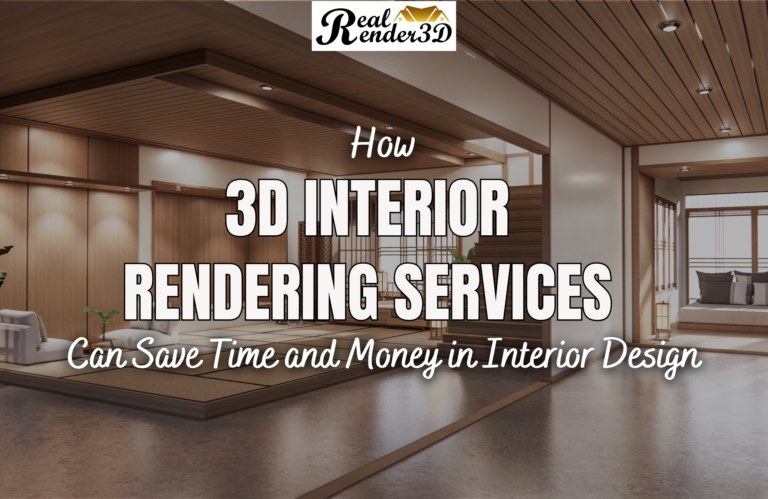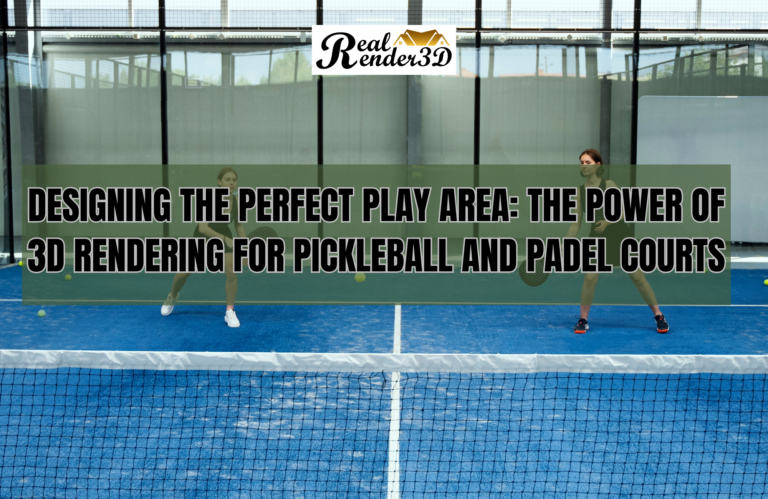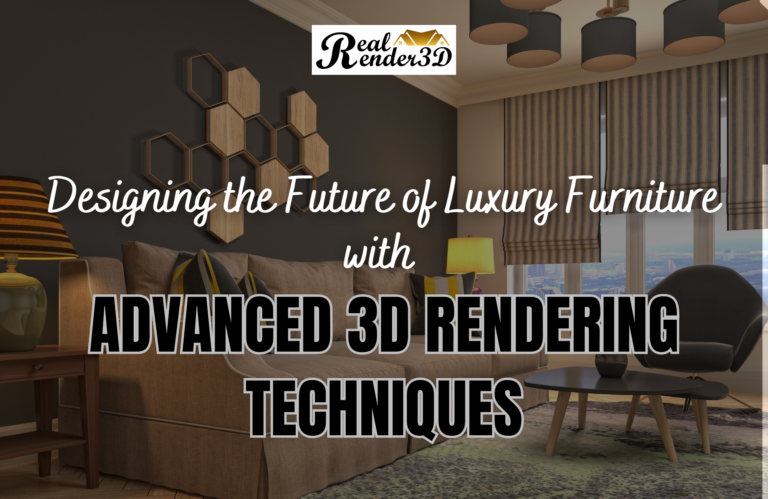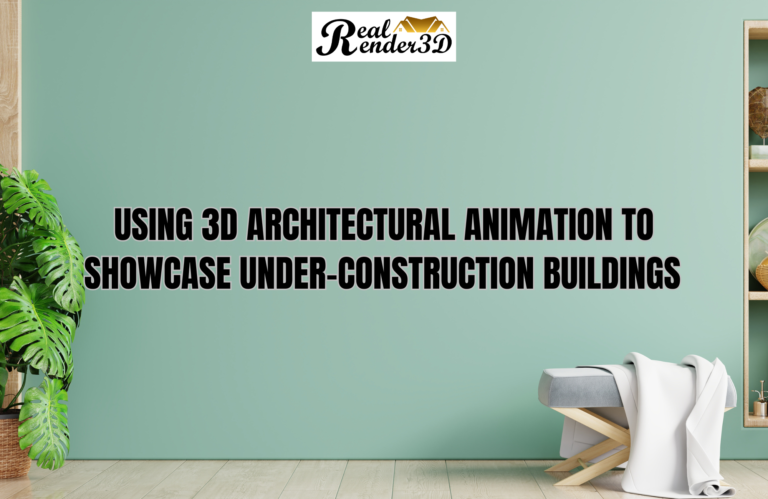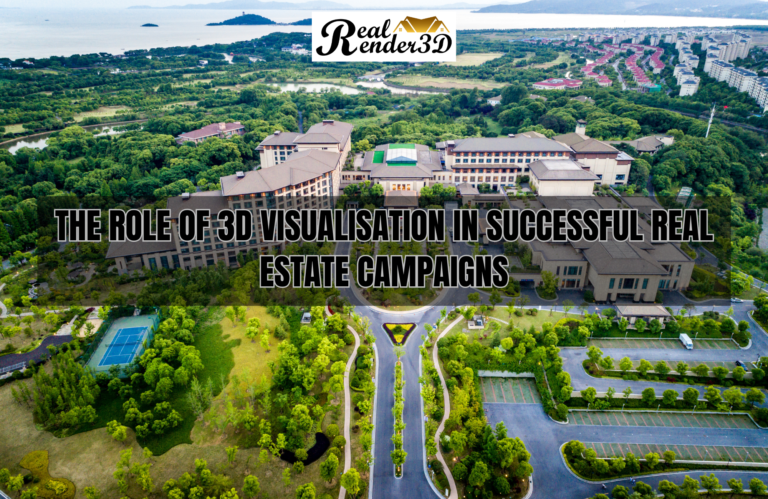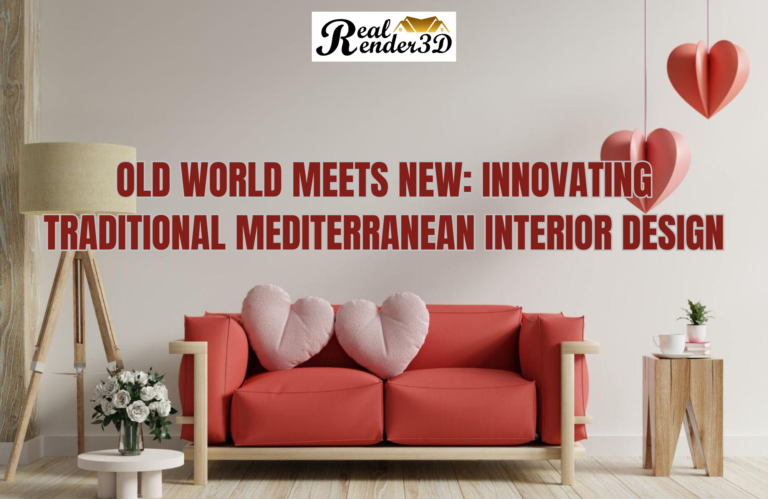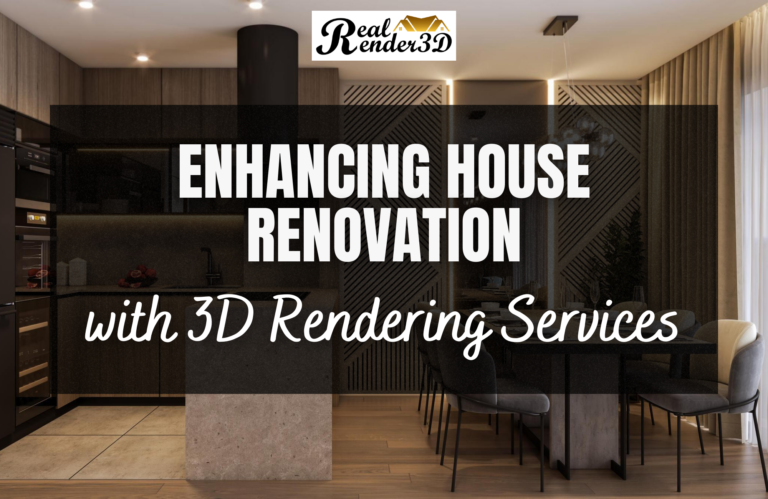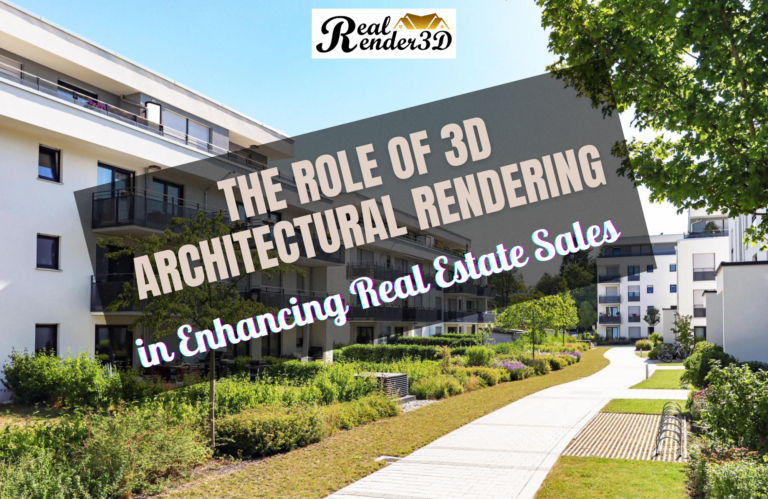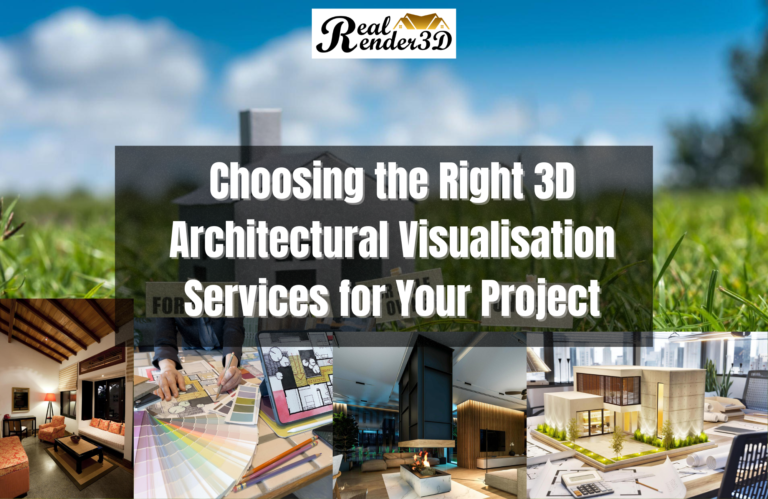Introduction
Several technological advancements are being implemented in the construction and architecture industry for a cost-effective and time-efficient process. These technologies streamline the architect’s construction process, unleashing novel opportunities for them. 3D architectural visualization is one of the trending technologies and a game changer, adapted and often used by many in the construction sector.
Embracing the new 3D architectural visualization technology will unlock several potentials for you. You might only know the benefits that come with 3D architectural rendering once you give it a try. This includes increased client satisfaction, cost and time savings, and enhanced communication.
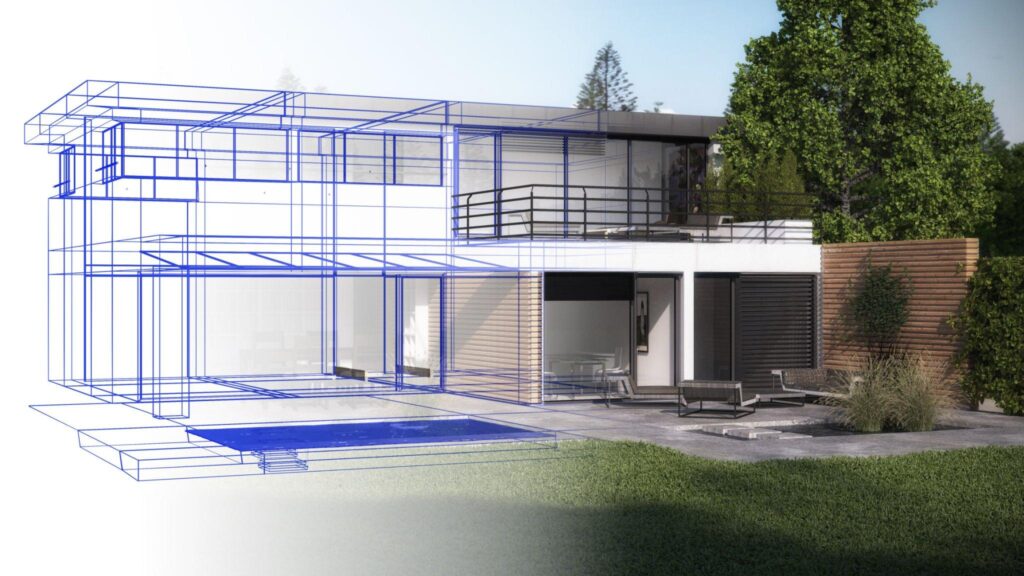
We are a top-ranking 3d architectural rendering company with several successful rendering projects. Our unique approach to architectural rendering projects contributes to our excellence in the niche. Our beginner guide provides a comprehensive understanding of 3D visualization, transforming your perspective on design presentations and marketing activities and gaining insights into finding the right CGI specialist.
Definition Of 3D Architectural Rendering?
Architectural rendering entails creating three-dimensional images of a proposed design to illustrate a photorealistic of a space or building before the initial construction starts. It involves using graphic software to generate high-quality and visually appealing images demonstrating all aspects of a building from all angles. The renders are showcased to the client, giving them a clear picture of the architectural design and its features, and in case of any flaws, the client requests a review before initial construction starts.
3D modeling is the initial stage of making visuals. A 3D artist merges architectural drafts and necessary references to create a detailed 3D model of the building. The final product is an accurate, real-time, 3D representation. Later, a 3D scene is designed to accommodate the primary model, then make the necessary adjustments before initiating the rendering process. The result is a high-quality computer generated with a clear view of the design from all angles.
Software and File Formats in 3D Architectural Rendering
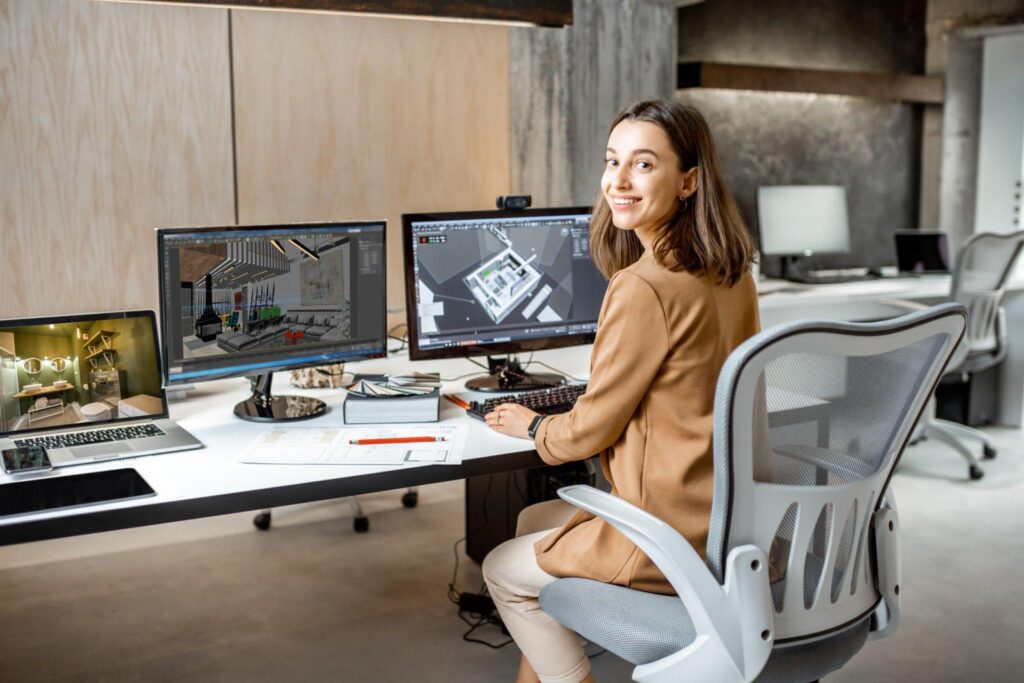
Several useful software tools help you design, create, and adjust your visualizations. Having the right software to create realistic images and animations with texture and lighting would be best. These tools include:
It is used for animation, visualization, and modeling. It supports the DWG, OBJ, FBX, and 3DS file formats.
It creates real-time 3D graphics, multiple static views, and animations. It supports Xbox, Linux, Mac, Windows, and others.
It is an open-source software with various useful tools for creating real-time renders, 3D models, animation, and compositing. It is compatible with the STL, OBJ, and FBX file formats.
It is a CG software that transforms static images into dynamic presentations that enable users to adjust the camera ad interactively alter the viewpoints within a scene. The software supports various file formats, including SKP, DAE, DXF, 3DS, MAX, OBJ, and FBX.
The Benefits Of Using 3D Visualization in Architecture
Adopting 3D visualization in architecture has helped revolutionize and streamline architects’ operations. As a result, it has improved project implementation and development, marketing, and customer-client communication.
Clients often use 3D visualization in high-budget projects to justify expensive design decisions that entail high-quality materials. Furthermore, it showcases the opulent ambiance of the design space, giving the customers every reason to purchase regardless of the cost. By enhancing communication between design project stakeholders, 3D visualization provides your clients, investors, architects, and investors with a clear understanding of the project for successful execution. This allows for sharing and incorporating new ideas into the project before construction starts. It also helps you create a professional portfolio to showcase your previously done architectural projects to potential clients.
Busting About 3D Rendering Services
Several false views concerning 3D rendering services have been raised, and most clients who take to them miss out on the fantastic prospects of visualization. It is believed that 3D architectural visualization excludes clients from participating in the design process leading to dissatisfaction. This doesn’t seem right, and the fact is that 3D rendering includes clients in the design process because after the model is created, it is showcased to the client, who gives a view of the render and any features that should be added to the design to make it visually appealing. Clients also provide opinions on the texture, lighting, and material for use. Construction will only begin after the client, and they reach a mutual agreement.
CGI Project Workflow
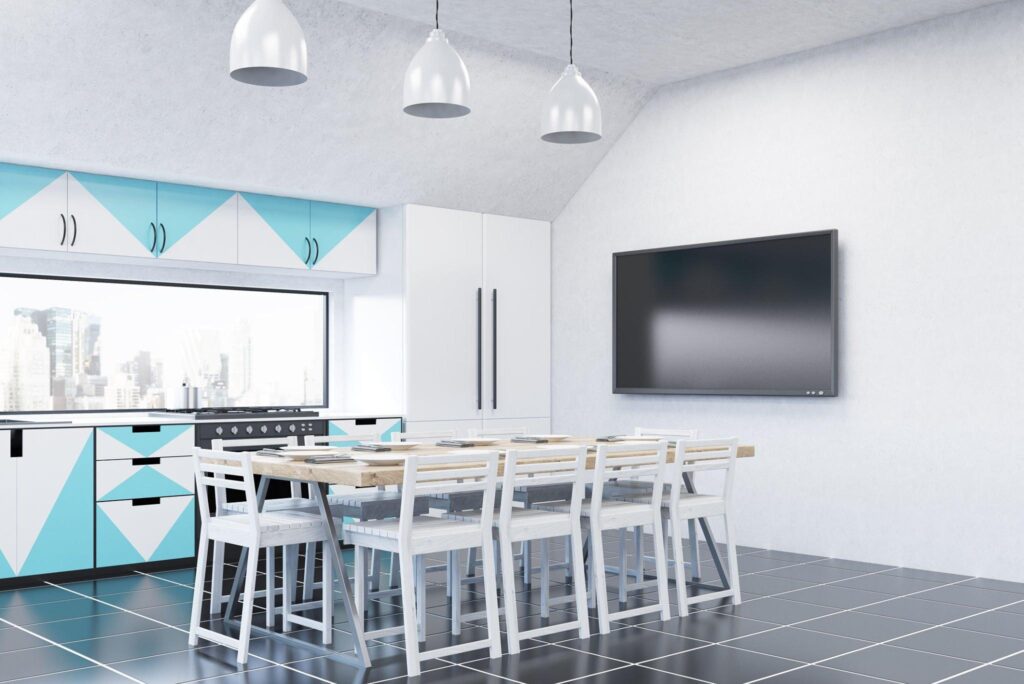
The CGI project workflow starts with filling out a brief form describing your requirements, budget, and deadlines. Next is to use our CGI CRM system to contact the project team concerning the project. Assess initial findings for approval or request revisions on the project to implement. The project workflow ends with final renders ready to be showcased to your clients for marketing and presentation purposes.
The Creation Process Behind Stunning 3D Architectural Rendering Process
The architectural visualization process starts with the client contacting the rendering company and giving them the necessary information regarding the project. The client also shares sketches, photos, maps, and locations relating to the project. After reviewing the project requirements, the architectural design specialists start with 3D models shading light to the customers’ design. The artists then add decorations and apply photorealistic textures and lighting to make the model appealing. The project is presented to the client, who approves or requests minor adjustments. At least 1-2 rounds of revisions are acceptable by the architectural rendering studio to ensure clients get the best.
Understanding The Different Types Of Architectural Rendering
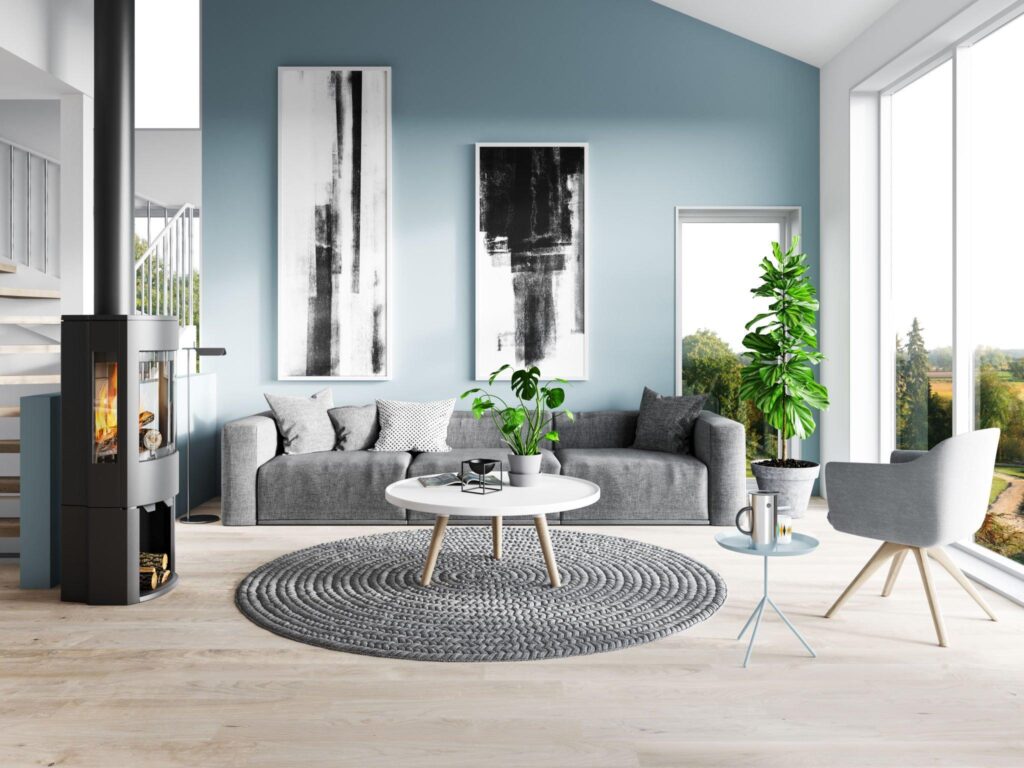
The main categories of architectural rendering are classified by exterior and interior design. The exterior renders showcase a building’s exteriors from all angles. This includes the closeup view, street view, and aerial view. It provides a comprehensive view of your future’s external view.
Interior 3D renders showcase the inside of a building. Interior rendering showcases the design plan, decor, furniture, textures, floor plans, materials, and lighting schemes. Interior and exterior renderings portray the ambiance of a space, making the client experience the essence and perceive it visually.
The second classification is by type of architectural object. This includes residential 3D rendering, commercial, commercial 3D renders, office space 3D visualization, hospitality, and retail space 3D rendering, to name a few.
Assessing The Quality of CGI in Architectural Rendering
The following factors are crucial when assessing the quality of your architectural rendering:
1. Objects
The objects for design should be natural with accurate size, precise geometry, and high-resolution photorealistic images.
The shadows and lighting should complement with settings in your interior space. Your choice of lighting should complement the background of a 3D render. Pay attention to the decor and renders of your interior space. This is important for quality exterior rendering. Here are 7 tips to get high-quality architectural visualization.
Budgeting For 3D Rendering Services
There is no standard cost for 3D architectural rendering. This architectural rendering guide provides factors that determine the budget of 3D rendering services; number of revisions, the magnitude of custom-made 3D models, urgency, and types of visuals. Resolutions and views also determine the cost of the project.
To save on cost, order fewer views, limit revisions, make a detailed brief, use 3D assets from libraries, reduce the scope of work, and more.
How Long Does A CGI Project Take?
The duration to complete a CGI project depends on the project’s scope. It takes an average of 2 days to complete a low-scope project, four days for a medium-sized project, and up to 15 days for commercial large-scale renders. However, it would be best to make a one-on-one call with the architectural rendering specialists before the start of the process.
Several factors contribute to the fast and quality delivery of architectural products. This includes our team of experts, powerful cgi software, a library of 3D assets, highly organized teamwork, and our custom CRM system.
Choosing A Right CGI Studio
Always be careful when choosing the right architectural visualization company for your project. Whether you are working with a freelance CGI artist, small and medium CGI studios, or large CGI companies, a portfolio, skills, client reviews, and communication are essential. Other factors to guide you when choosing a rendering studio include turnaround time, creativity, client support, and project management.
Creating a 3D Rendering Project Technical Assignment
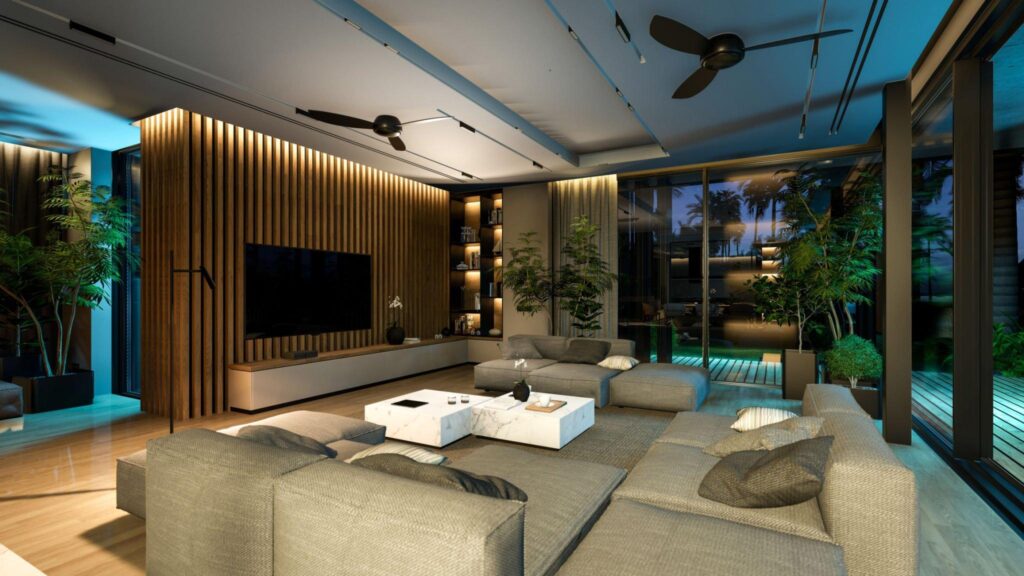
Creating an architectural visualization brief helps you get visually appealing images. This entails visual references, documents, and drawings necessary to visualize a design in 3-dimensional. Always include information about the 3d design functional zoning helpful to the CGI team tasked with implementation.
Showcasing Success: Case Studies
3D virtualization, commonly adopted by property marketing renders, provides spectacular project exhibitions. We are delighted to share our case studies, where our photorealistic computer-generated software helps clients present, endorse, and materialize their awe-inspiring projects. We have multiple completed and in-progress projects that provide clients seamless presentation and approval.
Embark on an exciting journey into architectural visualization with this comprehensive beginner’s guide. Start exploring the possibilities of turning ideas into stunning visual realities and unleash your creativity in the design world. Ready to dive in? Begin your learning adventure today!
Frequently Asked Questions
What is architectural visualization?
Architectural visualization entails creating computer-generated images to showcase an architectural product yet to be built.
What is the best 3D software for architectural visualization?
The answers differ depending on the studio’s preference. Some top software includes SketchUp and Revit.
What is the cost of architectural visualization?
There is no standard price for this; however, it depends on the customer’s requirements.
What duration does it take to produce architectural visualizations?
The time frame depends on several factors, including the quality and complexity of creating visualizations.
Why is architectural visualization important for marketing?
Architectural visualization provides captivating visual representations, clear communication of design intent, faster decision-making, and increased ROI.
Looking for 3D Renderings with Photorealistic Environment?
Alex Smith is a content writer at RealRender3D, writing informative articles on 3D rendering, interior design, architecture, and related topics.
With over 15 years of experience at top UK architecture and interior design firms, Alex leverages his expertise to write engaging content educating readers on AEC industry trends and best practices.
Connect with Alex at alex@realrender3d.co.uk.

